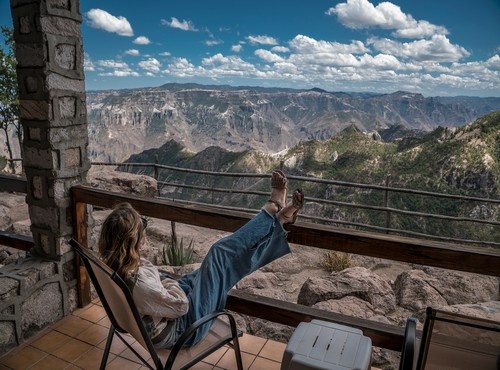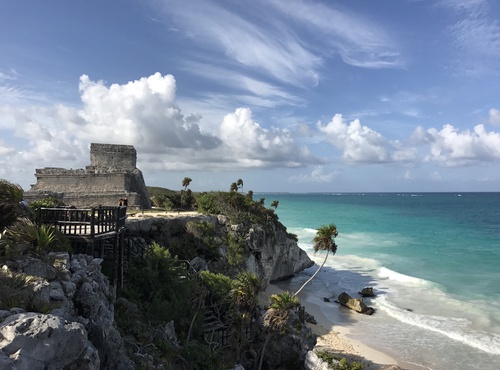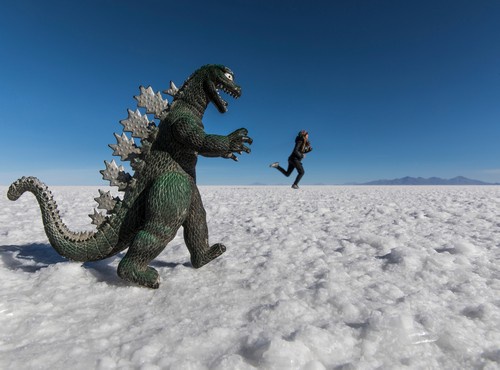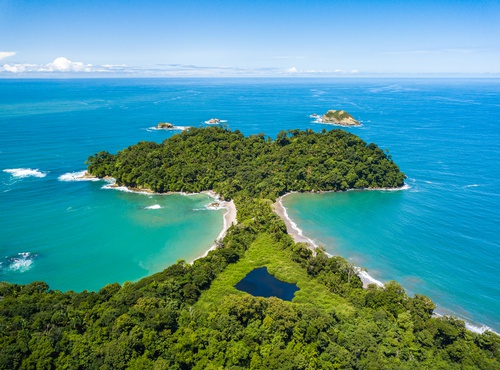
Written by:undefined undefined
Published: 24-10-2022
During this extension from Panama City, you will visit isolated island beaches and see the spectacular variety of marine life that provides a unique experience that you won't see in any other Central American country. Coiba National Park's isolated island beaches and a spectacular variety of marine life provide a unique experience in the Pacific of the Americas. Walk the soft sand of secluded island beaches or snorkel the clear waters to see the abundance of marine life; this island is the perfect remote location to experience nature at its most pristine. National Geographic rates this world-famous marine reserve as one of the most biodiverse regions. The park comprises 38 islands and the Pacific Ocean waters surrounding them. Teeming with marine life, these islands have been isolated for decades and are often referred to as "The Galapagos of Panama."

Coiba Island
Coiba is the largest island in Central America. A vast swath of largely tropical forest covered 80 percent of the island, which is also brimming with white sand beaches, gushing waterfalls, and thermal hot springs and surrounded by clear, fish-filled waters sporting a ring of protective coral reef—one of the largest in the eastern Pacific Ocean. This UNESCO World Heritage Site houses the uninterrupted evolution of marine species, including whale and tiger sharks, sperm whales, sea turtles, angel rays, and giant schools of fish. And some of the most spectacular beaches in the Pacific.
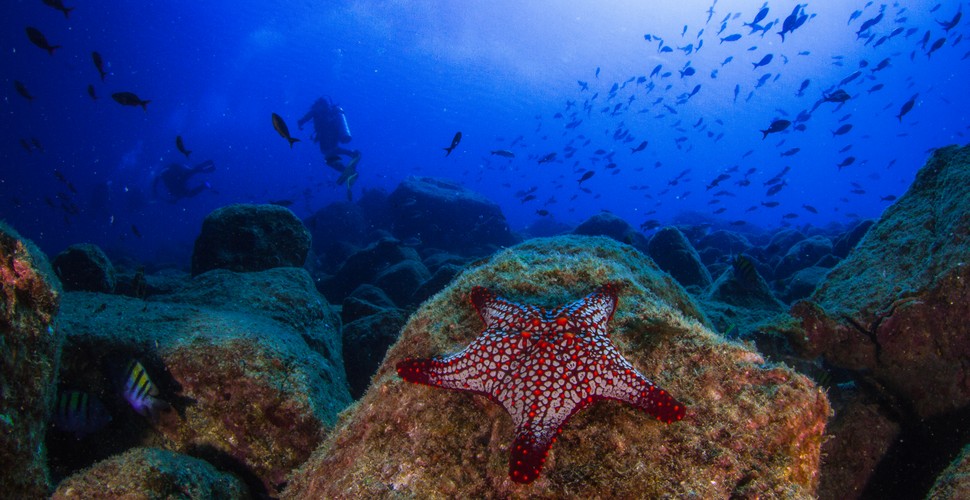
Scuba Heaven
History
In 1919, Coiba Island was established as an offshore penal colony, and it housed up to 3,000 political prisoners under former dictatorships. The last convict was released from prison in 2005. In 2005, Coiba National Park declared a UNESCO World Heritage Site due to its evolutionary significance and the inhabitancy of at-risk species on the islands. Coiba housed as many as 1,300 prisoners, the bulk living in 30 agricultural camps spread around the island. Coiba was the world's largest island prison after Australia, which served as a penal colony in the late 18th and early 19th centuries.

Shoals of Fish in Coiba National Park
An Untouched Paradise
Because it was secluded as a prison, Coiba Island remained virtually untouched and undeveloped, allowing endemic species to evolve on the island, including the Coiba Island howler monkey and Coiba Island agouti. Coiba National Park is home to 760 species of fish, 33 shark species, and 20 species of whales and dolphins, making it a naturally biodiverse paradise. Coiba Island is surrounded by one of the most extensive coral reefs on America's Pacific coast, and the reefs act as a refuge for species escaping the effects of El Niño. Coiba Island is part of the same underground mountain chain as the Galapagos Islands. Penal colonies were once prevalent throughout the Americas, and the more isolated, the better. One was on the Fernando de Noronha archipelago, 271 miles off Brazil's northeast coast, and another on Ecuador's Isabela Island in the Galapagos archipelago.
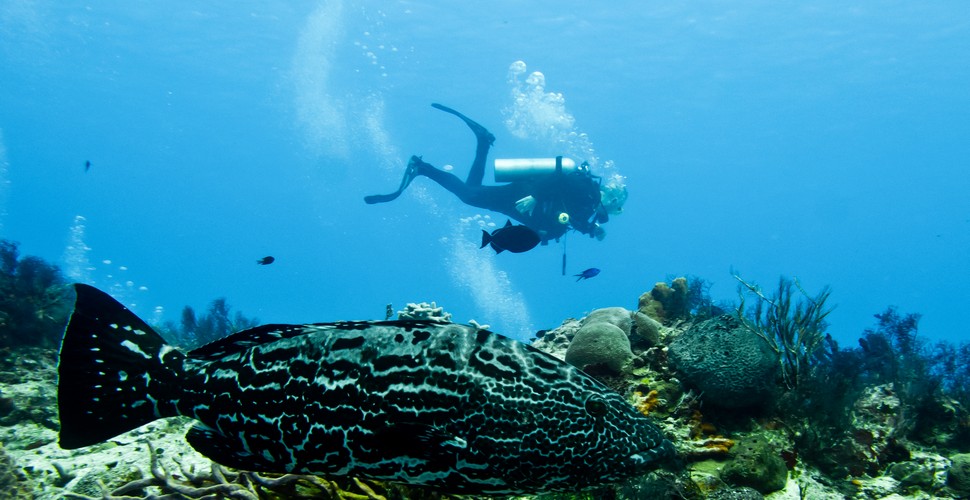
Perfect Diving
The area attracts tourists that come to snorkel and dive in Coiba's crystal clear waters alongside bottlenose dolphins and giant seahorses, as well as hike through a dense jungle brimming with wildlife, including endemic species. Coiba is often called "Panama's own Galapagos," thanks to the many endemic species that lived and thrived here over the years with relatively little human interference. This past November, researchers proved that Coiba is connected to the Galapagos through a 900-mile natural "pipeline" in the Earth's mantle, making the nickname even more appropriate.

Hammock Life
This hotspot for marine biodiversity and Coiba's forested area is filled with unique terrestrial organisms evolving into separate species from the mainland." STRI is dedicated to understanding the past, present, and future of tropical ecosystems and has established a research station on Coibita, the park's only private island, that's home to 40 scientists and many visiting researchers each year. Coiba Island is a refuge for birds that no longer live on the mainland, like crested eagles and Panama's last significant population of scarlet macaws. Reptiles like giant toads and green iguanas reside on the island, while hawksbill sea turtles forage its waters and nest on its beaches. Coiba is also a haven for hundreds of crocodiles, which live in its rivers and wander its sands. In the island's years as a penal colony, these infamous carnivores were just one of several deterrents that kept prisoners from escaping. There was also its shark-infested waters, the island's extremely venomous fer-de-lance and coral snakes, and the sheer remoteness of the place.
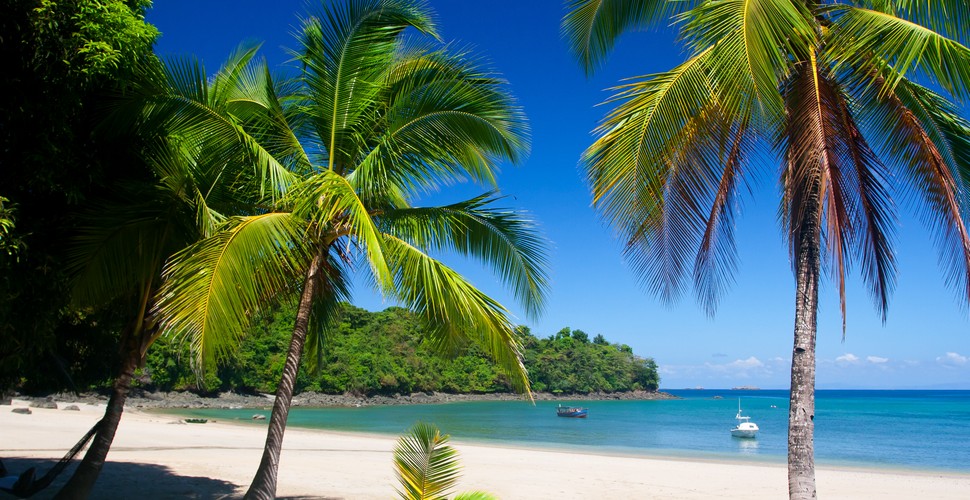
Coiba Island Paradise
Visit this incredible island with a fascinating history and a nature lovers' paradise by booking the Coiba National Park tour with Va Expeditions here.







